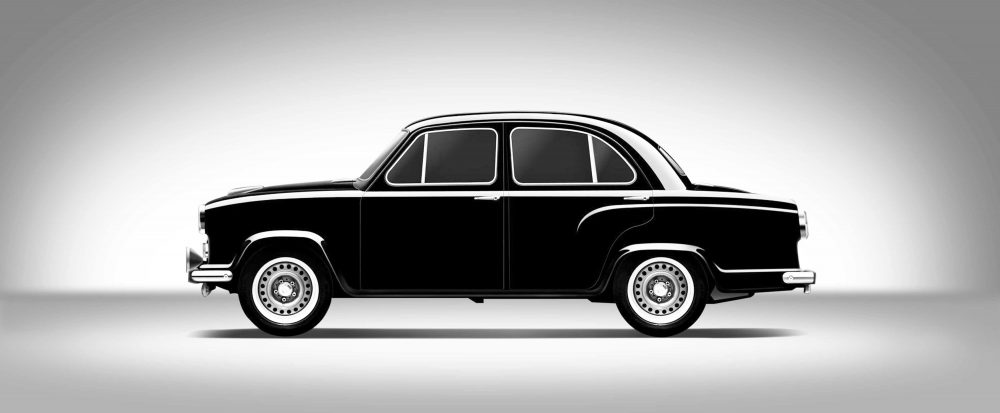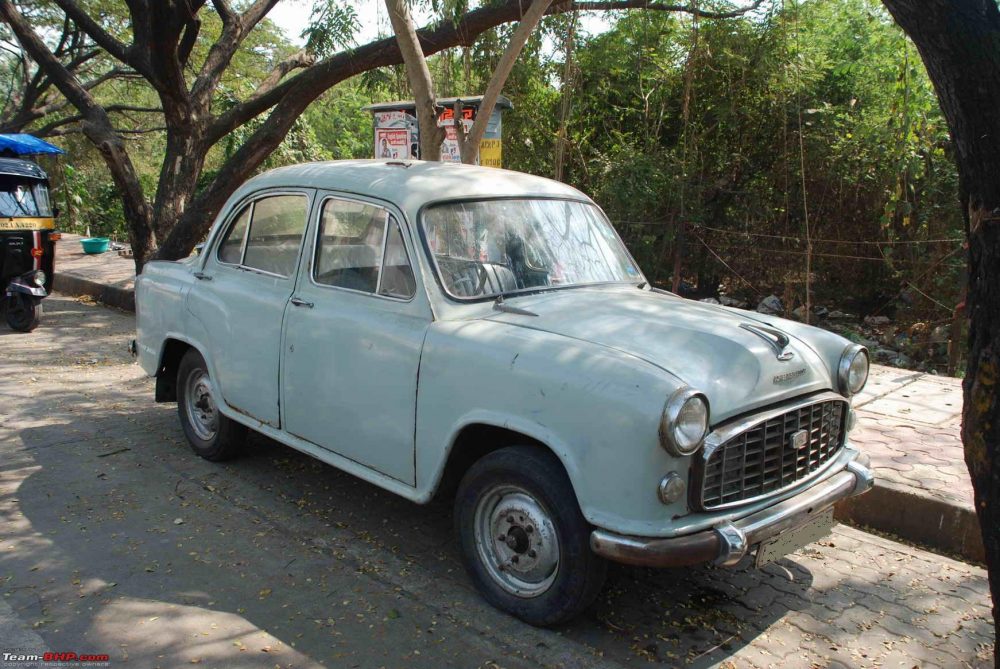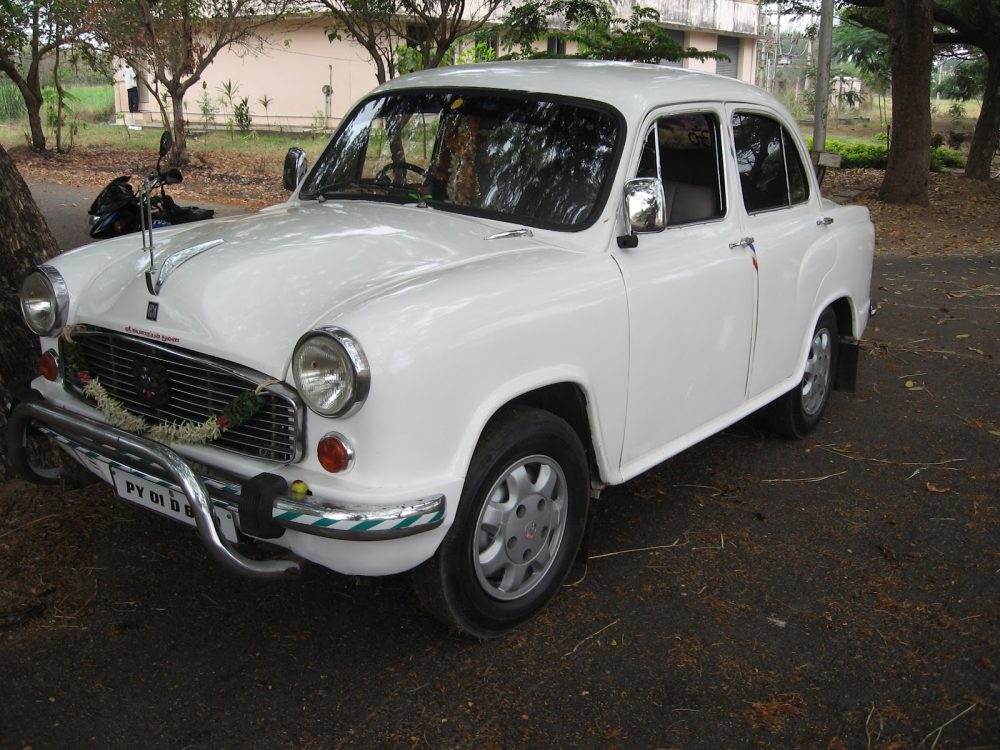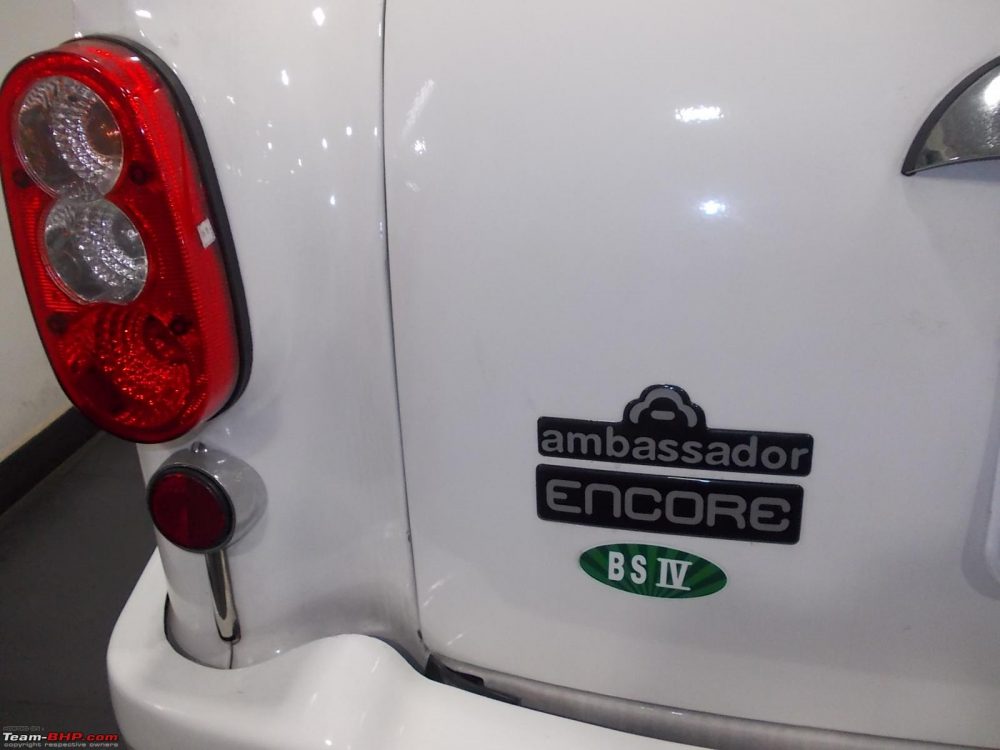The Indian automobile industry is known to be one of the largest in the world in terms of size. But it was not always the same. There are companies like Maruti Suzuki and Hyundai which came after the 1980s and introduced their fleet to the Indians. Then there are companies like Hindustan Motors and Premier which began the automobile industry in India. Let’s have a look at how the HM Ambassador played an important role in building the industry.
Hindustan Motors: A Glimpse
India got its independence from British rule in 1947. The country was a lot behind in terms of technology as compared to the world. Cars were not a thing here. Only the imported ones, which only rich could afford were seen.
But there was one company which was born before independence. Hindustan Motors was established in 1942 by Mr B.M. Birla in collaboration with Morris Motors who were already selling their cars in India.

After independence, HM began to manufacture cars based on the ones from Morris Motors. The first-ever car was HM 10 based on the Morris 10. Then came in Hindustan 14 and Baby Hindustan based on the Morris 14 and Morris Minor respectively. Thereafter came in the Hindustan Landmaster in 1954 based on the Morris Oxford Series II. HM Ambassador was soon to come in light.
1957 – HM Ambassador is born!

After the production of 4 cars, it was time for the legend to be born. Based on the Oxford Series III of Morris, Hindustan Motors launched the HM Ambassador. The longest-running Indian production car was born. The compact 4-door saloon was one of the most advanced in terms of design at that time. The first model was known as Mark I. It was powered by a 1.5-litre petrol engine which could churn out a 55hp of power. This model ran till 1962.
Evolution since then
There were no major changes in the design of the Amby. This is the major reason why the car is still loved. Only a few updates and a diesel engine is what at max you’ll find changed in the Ambassador. Until 1984, this was the only car that was completely manufactured in India.
Mark II

This generation was launched in 1962. There was a new front grille which was now a closely chequered grille, one which was there on the Morris Mini. The dashboard and the instrument cluster was also redesigned. The Mark II was sold until 1975 with minor additions such changes to the tail lamps. The model can be seen in various movies of that era and various restorations can be seen. The only rival to the HM Ambassador by the year 1975 was the Premier Padmini.
Mark III

HM AMbassador’s design almost remained the same throughout the 56 years of its presence. Only a few upgrades or facelifts were given to the saloon. Mark III, which was launched in 1975, had a new interior design. The dashboard now had 3 standard instruments on it. The front grille was given horizontal louvres which gave it a more modern look. In the year 1977, Amby was equipped with a 1.5-litre engine which was powerful enough to propel an air conditioning system. But the AC was not able to lure a lot of customers and was discontinued in 1979. The model stayed for a short 3 years in the market before it was replaced by the Mark IV generation of the HM Ambassador.
Mark IV

This is the generation all of us might have seen. Launched in 1979, this gen was carried till the last breath, i.e. 2014. The front grille was made smaller in height with larger square park lamps. In 1980, the Ambassador got a diesel power unit. It was a 1.5-litre 37hp BMC B-series engine. It was the first diesel car in India and was well received by the customers. Initially, it was only available as a taxi or for government officials as the government had restricted the private ownership of diesel vehicles. It was the most expensive car built in India at that time.
2008 – The Golden Jubilee
In the year 2008, HM Ambassador completed 50 years of production with minimal design changes and upgrades. The car had already gained a lot of popularity amongst the Indian customers or rather I would say it had a cult following. Known by many names, ‘Laal Batti Wali Gaadi’ was the most spoken. This name was given to the car as it was the favourite among the politicians. It is said that the Indian government bought 16% of the total Ambys ever made. The car can still be found as taxis in some small areas of India. You might even find some restored ones.

The car had some other variants launched too. Ambassador Grand, Avigo and Encore were the last of the lineup. Ambassador Encore was the BS4-compliant model which was launched in 2013.
Will the king return on roads?
In 2014, HM was bought by the French auto major, Peugeot for ₹80crores. This marked the end of production of Ambassador. After a successful run of more than 50 years, the car faced tough competition from the companies like Maruti Suzuki, Hyundai and Honda. Once a king was now forced to step back. Even then, in 2013 it was voted as the world’s best taxi by Top Gear while competing against London Black Cab, Mercedes-Benz E-Class, Toyota HiAce, Volkswagen Beetle, Ford Crown Victoria and Lincoln Town Car. ‘Make-in-India’ initiative by Narendra Modi was started way back by HM when it was not even cool.
We cannot expect the Ambassador to make a comeback soon as the industry right now is crippling under a load of recession although if launched again, it will surely attract a lot of customers.
Subscribe To The GoMechanic YouTube Channel
This story of the Ambassador tells two things about the industry:
- There is nothing that stays forever. Someday another car will surely replace the current cars.
- Although you might get replaced, the legacy will remain forever! HM Amby is still there on the roads as well as the hearts of Indians.
A lesser-known fact: HM Ambassador used to cost ₹14,000 in 1958. By 2014, the cost of the car was ₹5.22 lakhs.
Stay tuned! Soon we’ll be looking onto the history of another car that was responsible for the making of the industry in India.





